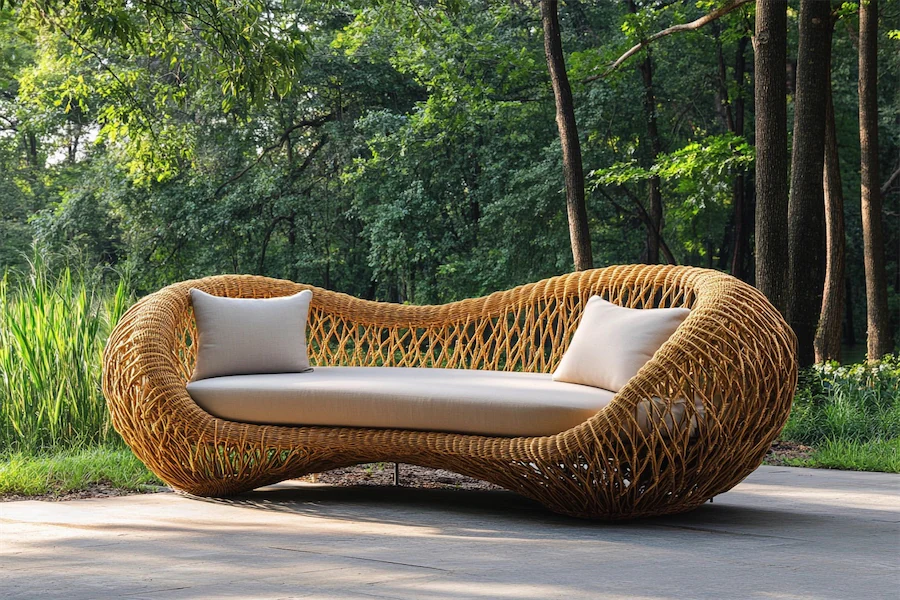Outdoor sofas have become essential elements in modern exterior design, offering comfort and style to patios, gardens, and terraces. This article explores their history, key features, applications, considerations for selection, and concludes with their significance in contemporary outdoor living.
History and Origins of Outdoor Sofas
The concept of outdoor furniture dates back to ancient civilizations. In Ancient Egypt, reed and rattan chairs were used in gardens for relaxation. The Greeks and Romans further developed outdoor seating, introducing stone and marble benches in public spaces and courtyards. During the Renaissance, the appreciation for outdoor living led to the creation of more elaborate garden furniture, often symbolizing status and wealth. The Industrial Revolution enabled mass production, making outdoor furniture more accessible. In the mid-20th century, materials like aluminum and plastic became popular, leading to the modern outdoor sofas we use today.
Key Features of Outdoor Sofas
When selecting an outdoor sofa, consider the following features:
- Materials: Common materials include weather-resistant wicker, teak, aluminum, and wrought iron, chosen for durability and aesthetic appeal.
- Cushions: High-quality outdoor cushions are typically made with quick-drying foam and covered in UV-resistant fabrics to withstand the elements.
- Design: Outdoor sofas come in various designs, from modular sections to traditional fixed layouts, allowing customization to fit different spaces and styles.
- Durability: Resistance to weather conditions, including moisture, sunlight, and temperature variations, is crucial for longevity.
Applications of Outdoor Sofas
Outdoor sofas enhance various settings:
- Residential Spaces: They transform patios, decks, and gardens into comfortable living areas for relaxation and entertainment.
- Commercial Venues: Restaurants, hotels, and resorts utilize outdoor sofas to create inviting environments for guests.
- Public Areas: Parks and communal spaces incorporate durable outdoor seating to encourage social interaction.
Considerations When Choosing an Outdoor Sofa
To select the ideal outdoor sofa, consider:
- Space Availability: Measure the area to ensure the sofa fits appropriately without overcrowding.
- Climate: Choose materials and fabrics suited to the local weather conditions to prevent rapid deterioration.
- Maintenance: Opt for materials that require minimal upkeep to maintain appearance and functionality.
- Style and Comfort: Select a design that complements your aesthetic preferences and provides the desired comfort level.
Conclusion
Outdoor sofas have evolved from simple stone benches to sophisticated pieces that blend functionality with style. They play a pivotal role in extending living spaces into the outdoors, offering comfort and enhancing the ambiance of any exterior setting. When choosing an outdoor sofa, consider materials, design, durability, and suitability to your specific needs to create an inviting outdoor environment.
